I'm developing a 2D plane finite element tool. One of the features is the ability to visualize the stresses on a particular object.
This tool creates a quadrilateral mesh using the following data:
nodes: numpy array
[[x1 y1], [x2 y2], etc]->xandycoordinates of every node in the meshelements: numpy array
[[1 2 3 4], [2 3 5 6]]-> every line of the array corresponds to the 4 points of one particular element of the mesh.
I was able to implement a method that plots the mesh:
import matplotlib.pyplot as plt
import matplotlib.collections
import matplotlib.cm as cm
import numpy as np
def showMeshPlot(nodes, elements):
y = nodes[:,0]
z = nodes[:,1]
#https://stackoverflow.com/questions/49640311/matplotlib-unstructered-quadrilaterals-instead-of-triangles
def quatplot(y,z, quatrangles, ax=None, **kwargs):
if not ax: ax=plt.gca()
yz = np.c_[y,z]
verts= yz[quatrangles]
pc = matplotlib.collections.PolyCollection(verts, **kwargs)
ax.add_collection(pc)
ax.autoscale()
plt.figure()
plt.gca().set_aspect('equal')
quatplot(y,z, np.asarray(elements), ax=None, color="crimson", facecolor="None")
if nodes:
plt.plot(y,z, marker="o", ls="", color="crimson")
plt.title('This is the plot for: quad')
plt.xlabel('Y Axis')
plt.ylabel('Z Axis')
plt.show()
nodes = np.array([[0,0], [0,0.5],[0,1],[0.5,0], [0.5,0.5], [0.5,1], [1,0],
[1,0.5],[1,1]])
elements = np.array([[0,3,4,1],[1,4,5,2],[3,6,7,4],[4,7,8,5]])
stresses = np.array([1,2,3,4])
showMeshPlot(nodes, elements)
Which produces a plot like this:
Now, i have an 1D array with the stresses on the object, with the same length as the elements array.
My question is how can i visualize those stresses (with a scalar bar) using matplotlib? I looked into pcolormesh, but i couldn't understand how it could work with my data. Here's an example of what i want to achieve (credits to robbievanleeuwen):
Note: I couldn't replicate the above example because he uses a triangular mesh instead of quads.
Thanks in advance!





